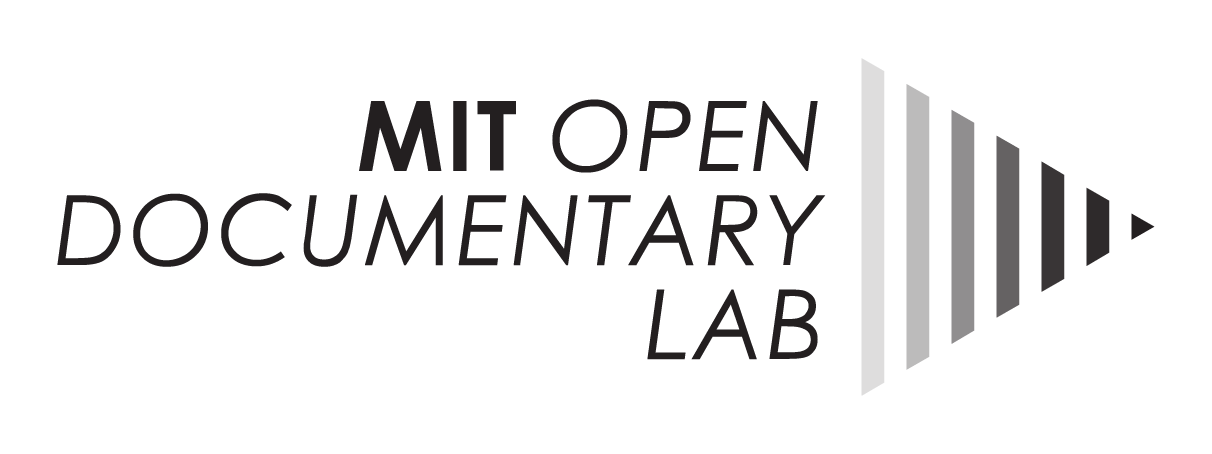
14 Apr COME/IN/DOC | Interactive Documentary Explosion of the Form [Part 3]
SEASON 1 – EPISODE 2 – PART 3: ‘INTERACTIVE DOCUMENTARY EXPLOSION OF THE FORM’
Here you can access the third part of the second episode:
[vimeo width=”580″ height=”330″]https://vimeo.com/161744115[/vimeo]
SELECTION OF KEY IDEAS (DIRECTOR’S CONTRIBUTION)
Claire Leproust (Fablabchannel): There are no boundaries in terms of the author: anyone can broadcast their content.
Katerina Cizek (Highrise): Since 2008 there has been a lot of attention, more festivals and academic interest and more work has been done. But memory is very short, we are standing on the shoulders of giants, it’s not that there was suddenly an explosion in 2008.
Mandy Rose (DCRC – University of the West of England): Broadband, a kind of maturing of the digital space and recently HTML5 and the meaning of that for documentary, especially video written in the web page.
Nonny de la Peña (Emblematic Group): In recent years, with the online news association, the managing editors of the newspapers finally realized that they have to learn what’s going on around them.
Brenda Longfellow (Offshore): You don’t have to be a coder today to produce an interactive documentary, there has been an explosion of the intellectual discourse, there’s a lot of excitement about this new field, which has enough work to be substantial.
Sara Wolozin (MIT Open Documentary Lab): I see an absolute explosion of the form and several related factors: mobile devices and camera, the Internet and the ability to carry video, the whole evolution of coding and new platforms, data visualizations and games, so all of these forms coming together sort of creates this explosion of new forms of documentary.
Arnaud Dressen (Honkytonk Films): Video was very expensive to distribute over the Internet before, now it is not expensive I think that has changed everything.
Richard Lachman (Ryerson University): More people looking for ways to express themselves and more organizations looking for ways to create easy distribution. We can now reach an international audience and that’s quite impressive.
Hugues Sweeney (National Film Board of Canada): We have seen growth, but I don’t know if there has been an explosion, but there is a sense of necessity.
Mike Robbins (Helios Design Labs): I call the time we are living the ‘age of wonder’, an age of experimentation. I see a growing interest in interactive storytelling.
Seth Keen (RMIT University): When I started my research in 2005, there wasn’t a lot written in this area, and around 2008-2009 started to emerge a more significantly work and now has become a more developed area.
Susanna Lotz (i_doc): There was a moment between 2008 and 2009, the moment when Gaza-Sderot came out due to new techniques, good quality of video, etc., so at that point suddenly came up many projects.
Paolo Favero (University of Antwerp): It could be a positive explosion. I see microtrends but i-doc is representing so many emerging practices today, we do so many things that share the principles of i-docs.
Add your contribution here: http://comeindoc.com/contribute/
Website: http://comeindoc.com
Dr. Arnau Gifreu
COME/IN/DOC Director
Research affiliate
agifreu@mit.edu



